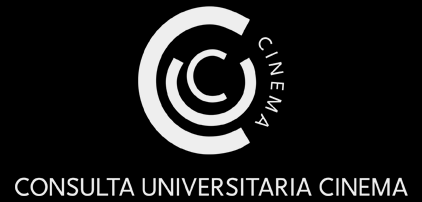In the context of the migrant and refugee crisis, the EU Member States and the European Union itself have recently demonstrated sensitivity toward exploring the ways in which media, the arts and performative practices are able to both facilitate intercultural dialogue among migrant and host communities – thereby empowering their participation in social life –, and to promote cultural diversity (different ethnic, cultural, religious and linguistic backgrounds and heritage) within European societies. Indeed, different “liberal” and “applied” arts (film, theatre & performance, photography, crafts, architecture, design, etc.) as well as emerging cross-media forms (interactive and social media, games, street art, circus and performative practices, etc.), have a pivotal role to play in this direction. In a nutshell, “artistic and cultural expressions can help us to communicate with each other, in an immediate manner, and allow us to understand our similarities as well our differences, in an area where we must also resolve disputes “(Report How culture and the arts can promote intercultural dialogue in the context of the migratory and refugee crisis, 2017, p. 10).
Despite this high potential for opening new perspectives on EU societies based on integration and a willingness to engage in dialogue, these guidelines seem mostly unexplored and little discussed within the academic communities – primarily focused on the current regime of representation of migrant people and newcomers. Moreover, it can hardly be disregarded that a practical implementation of these guidelines faces many difficulties: national cultural policies affect cultural productions by institutionalizing the process of othering through rhetorical discourses and hegemonic representations; the projects and practices in this field are often vital but fragmented and poorly reciprocally connected (also due to their strong roots in specific areas and territories); the skills and professional figures associated with these processes are poorly defined and have no particular training centres; and finally, the evaluation methods of the initiatives are different and lacking consolidated protocols. The combination of all these factors produces a fundamental weakness in a sector that in any case, remains extremely lively and promising.
StreamYard Platform and Facebook live streaming
Program





